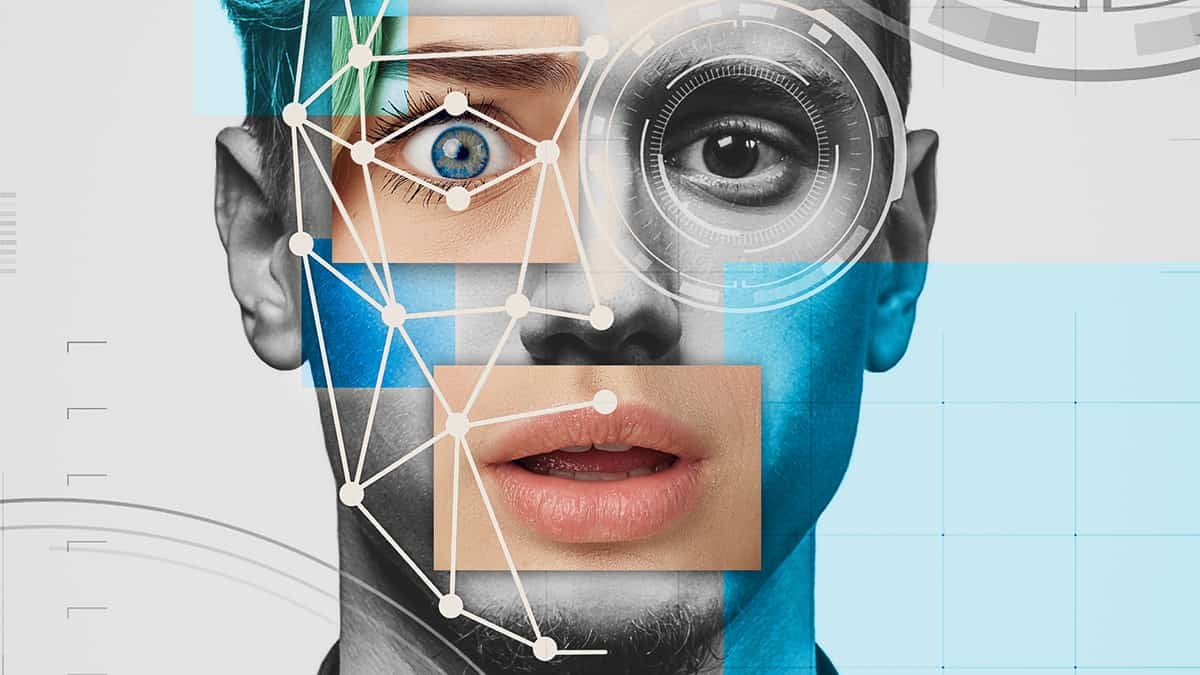Introduction
In an era where technology evolves at lightning speed, one of the most intriguing advancements is in the realm of deepfake video generator. This blog post will explore the emerging trends in deepfake video technology, its ethical implications, and the cutting-edge advancements that are shaping its future. If you're a professional navigating the digital landscape, understanding the intricacies of deepfakes is crucial for staying ahead of the curve. Read on to discover what this technology entails, its potential impact, and how we can responsibly harness its power.

What Are Deepfakes?
Understanding the Basics
Deepfakes are synthetic media in which a person in an existing image or video is replaced with someone else's likeness. Utilizing artificial intelligence (AI) techniques, particularly deep learning, these videos can be highly convincing. But how does this technology work?
The Technology Behind Deepfakes
Deepfake technology primarily relies on Generative Adversarial Networks (GANs). These networks consist of two parts – a generator and a discriminator. The generator creates fake content, while the discriminator assesses its authenticity. Through continuous iterations, the system improves, resulting in highly realistic deepfake media.
Applications and Misapplications
Deepfakes are not inherently malevolent. They have found legitimate uses in entertainment, education, and even art. However, their potential for misuse, such as in misinformation or identity theft, raises significant ethical concerns.
Ethical Implications of Deepfakes
The Threat of Misinformation
One of the most pressing ethical issues with deepfakes is their potential to spread misinformation. With the ability to create convincing yet false videos, the line between reality and fiction becomes blurred, posing risks to public trust and societal stability.
Privacy Concerns
Deepfakes also bring up serious privacy issues. Unauthorized use of someone's likeness without their consent infringes on personal privacy and can cause emotional and reputational harm. How do we protect individuals in this digital age?
Legal and Regulatory Challenges
Currently, the legal framework surrounding deepfakes is still evolving. Determining liability and enforcing laws against malicious use is complex. Policymakers are grappling with how to regulate this technology effectively without stifling innovation.
Technological Advancements in Deepfake Generation
Improved Realism and Quality
Recent advancements have significantly improved the realism and quality of deepfakes. Innovations in AI and machine learning algorithms have made it possible to produce hyper-realistic videos that are almost indistinguishable from genuine footage.
Speed and Accessibility
Technological progress has also made creating deepfakes faster and more accessible. Tools and platforms are becoming user-friendly, allowing even those with limited technical expertise to generate deepfakes. What does this mean for the future of digital media?
Counteracting Deepfakes with AI
Interestingly, the very technology that creates deepfakes is also being used to detect and counteract them. AI-driven tools are being developed to identify deepfakes by analyzing inconsistencies and digital footprints that are not visible to the naked eye.
The Positive Potential of Deepfakes
Transforming Entertainment and Media
In the entertainment industry, deepfakes offer exciting possibilities. They enable filmmakers to bring historical figures to life, create virtual actors, and even dub films in different languages seamlessly. These applications can enhance storytelling and viewer experience.
Educational and Training Applications
Deepfakes can revolutionize education and training by creating realistic simulations. For instance, they can be used in medical training to simulate surgeries or in corporate training to create realistic scenarios for employee development.
Art and Creativity
Artists are leveraging deepfake technology to push the boundaries of creativity. By blending reality and fiction, they create thought-provoking works that challenge our perceptions and provoke discussions about identity and authenticity.
Addressing Ethical Concerns
Developing Ethical Guidelines
To harness the positive potential of deepfakes while mitigating risks, it is essential to develop ethical guidelines. These guidelines should outline responsible use, consent requirements, and the importance of transparency in deepfake creation.
Educating the Public
Raising public awareness about deepfakes is crucial. Educating individuals about the existence and potential misuse of deepfakes empowers them to critically evaluate the media they consume and reduces the risk of falling victim to misinformation.
Collaboration Between Stakeholders
Addressing the ethical implications of deepfakes requires collaboration between various stakeholders, including technologists, policymakers, educators, and industry leaders. By working together, we can create a balanced approach that fosters innovation while protecting societal values.
Conclusion
Deepfake video generation is a powerful technology with vast potential. However, it also comes with significant ethical challenges that must be addressed. By understanding the technology, recognizing its applications and misapplications, and developing ethical guidelines, we can harness the positive aspects of deepfakes while minimizing their risks. As professionals, staying informed and proactive in this evolving landscape is essential. Ready to explore more? Sign up for our newsletter to stay updated on the latest trends in AI and technology.
Exploring the ethical landscape and technological advancements in deepfake video generation is not just a necessity but a responsibility. Together, we can shape a future where technology enhances our lives while safeguarding our values.
 icons at the top right corner of the subsection.
icons at the top right corner of the subsection.